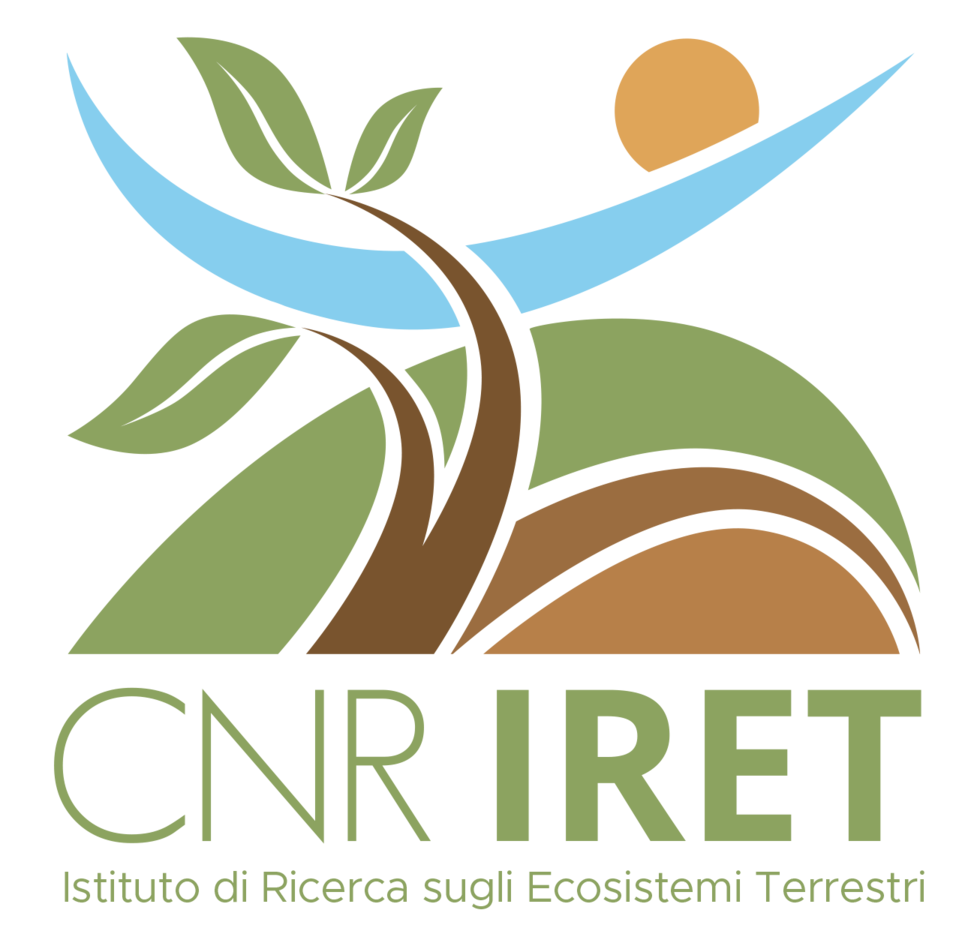Speaker
Descrizione
In Campania, the rich varietal heritage of sweet chestnut (Castanea sativa Mill.) has contributed to providing the region with a notable agrobiodiversity so increasing its environmental value. The peculiar soil and climate conditions of the territory favored the natural diversification of ecotypes adaptable to local environmental contexts, allowing the Campania chestnut germplasm to be among the richest and most differentiated in Italy. The selection activity carried out by chestnut growers has generated further diversity in the choice of varieties, selecting the genotypes with the best production and quality characteristics. The contribution of hybrids and non-native varieties has further enriched the local germplasm. The increasing interest in chestnut cultivation for production purposes requires greater clarity and protection in the field of varietal recognition. Varietal identification is in fact an essential element for rational management of chestnut horchards. Chestnut growers, to date, do not have a suitable tool to ascertain the genetic nature of the propagation material they use, because the morphological characteristics, as it is well known, present limitations of various kinds and can be misleading. The KasTrack project aims to provide chestnut growers with an innovative system for varietal identification through the release of suitable protocols and bioinformatics tools to the control laboratories interested in providing the service. To achieve this goal, an interactive and open access database is being developed where the detected genetic fingerprints of chestnut cultivars will be deposited. The main national cultivars are being collected in an ex-situ collection, publicly accessible for both sampling and morphological observation, to be used as reference standard for the interpretation of the results of the genetic analysis. Furthermore, geospatial data of chestnut tree positions are being acquired in chestnut farms (mainly PGI and PDO varieties) together with their genetic and molecular characterization (Fig. 1). This information will be used to define the presence and diffusion of the main chestnut species and their hybrids by creating a genetic-spatial mapping, so contributing to enriching the KasTrack database. Finally, knowledge and expertise on the effective use of the developed service for varietal recognition will be disseminated to all potential stakeholders (chestnut farms, nurseries, processing companies, and public institutions), so allowing to seize future opportunities, also in terms of sustainability, and taking into consideration the protection of chestnut agro-biodiversity.
| Progettualità o Network a cui appartiene il contributo | Altro (e.g. LIFE, PRIN, HORIZON ecc.) |
|---|
